The American Bible Society and the Barna Group recently teamed up to put a finger on the pulse of the relationship between teens and their Bibles. The good news: we have a pulse. And to mix our metaphors, we have lots of low hanging fruit. The stats are fascinating.
The percentages noted are of Protestant teens who attend a religious service at least once a month and say their faith is very important in their life—pretty much a typical youth group teen. The stats are insightful; you’ll find some InWord conclusions at the end.
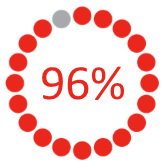 |
Percent of teens who wish they read the Bible more. |
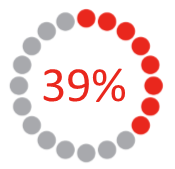 |
Percent of teens who said their personal use of the Bible has gone up over one year ago. |
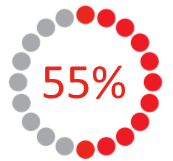 |
Percent of those whose personal use increased, the reason given: they came to understand the Bible as an important part of their faith journey. |
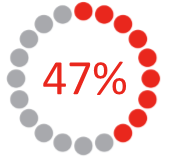 |
Percent of teens who said their Bible engagement stayed the same or decreased. |
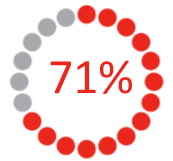 |
Percent of those whose engagement decreased, the reason given: too busy with life’s responsibilities (job, family, and so on). |
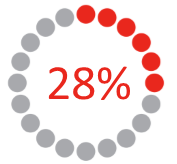 |
Percent of those saying that their biggest frustration with the Bible is never having enough time to read it (this was the top answer from multiple options). |
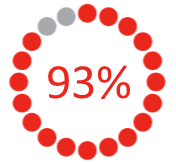 |
Percent of teens who believe that Bible reading would make politics more civil. (Very timely.) |
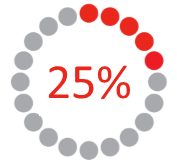 |
Percent of teens who believe the Bible specifically states “God works in mysterious ways.” It doesn’t. |
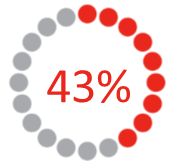 |
Percent of teens who believe that the Bible specifically states “The truth will set you free.” It does. |
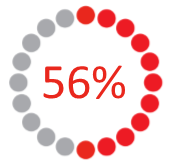 |
Percent of seniors graduating from their youth ministries saying they wanted “more or much more” Bible study in their programming (survey from the Fuller Youth Institute, which dovetails with the opening stat of this post). |
These stats should encourage us as youth workers, but they also provide challenge. Here are three takeaways:
1. Low Hanging Fruit
Nearly every teen, 96 percent, want to read the Bible more. The ground is soft for encouraging meaningful Bible engagement. This dovetails nicely with the Fuller Youth Institute stat (included above as a bonus) that 56 percent of graduating seniors wish they had more Bible study in their youth programming. In business terms, that is money left on the table. In ministry terms, that is spiritual growth left untapped.
2. Bible Literacy
While it’s decent that nearly half of the teens correctly identified “the truth shall set you free” as a Bible statement, the percentage should be nearly 100 given the profound nature of those words. In fact, churched teens consistently score under 25 percent in correctly identifying the order of key Bible people (Daniel, Noah, King Saul, Abraham, Esther, Paul, Moses, Samson). These are not in order, by the way, so that you can give it a shot yourself. While Bible memorization is not the goal, understanding and applying God’s redemptive story is.
3. Bible Time
The biggest frustration to Bible engagement wasn’t confusion or lack of understanding, but simply lack of time. This reason shows up consistently throughout the data. Granted, we all make time for the things that are important to us and this could be more of a symptom than a cause. But maybe all things related to your youth ministries can be a source of calm in the lives of our uber-scheduled, over-committed teens, a calm that encourages contemplative, Sabbath-esque time with God’s Word.
What To Do
In their assessment of the data, folks from the American Bible Society have challenged parents and churches to work harder at engaging teens with Bible study, encouraging them to do more than simply “flip the pages and read.” Andrew Hood, spokesperson for ABS adds, “Not just read the Bible, but really stick with it, dive deep, and give them the tools that they need to understand it.”
This is the burden InWord has been carrying, the horn we’ve been blaring, the banner we’ve been waving, for 20 years (2016 is our 20 year anniversary!). But more than carrying, blaring, and waving, we’ve been putting action to our cries, developing small-group studies and personal devotionals that engage teens in Scripture. If you haven’t checked out the tools we offer, I invite you to click away.
You can check out for yourself the research by ABS/Barna here.